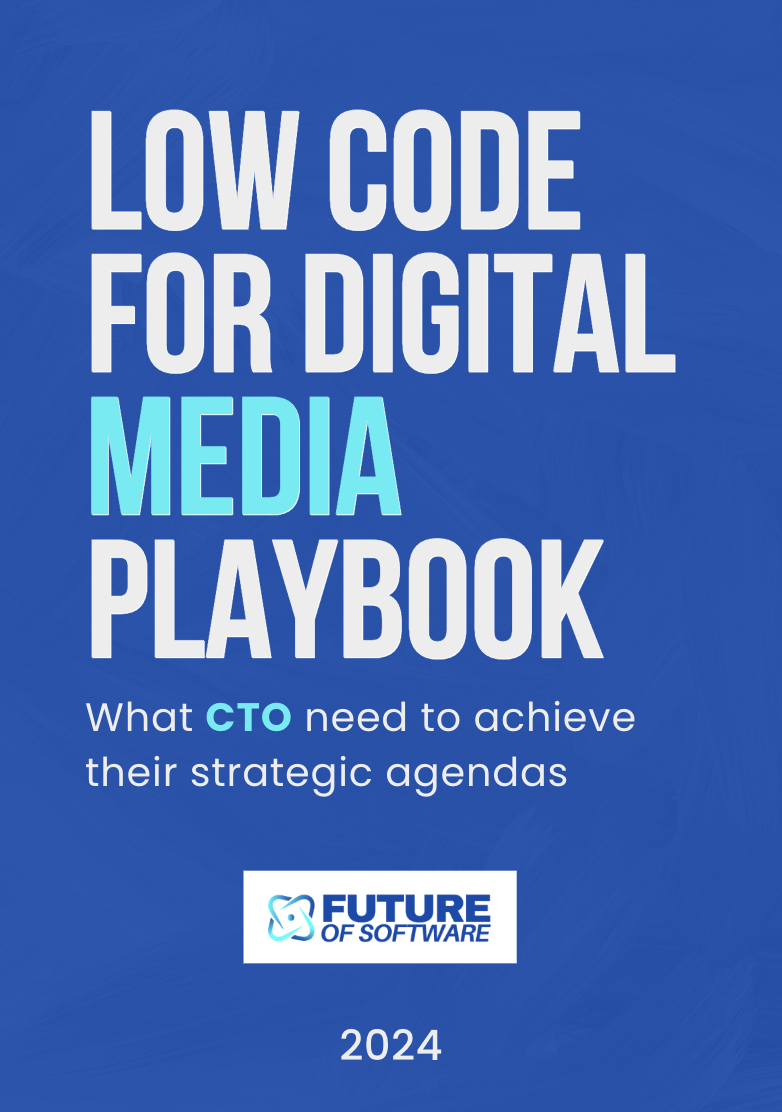
Understanding workforce enablement in the software industry
What does workforce enablement mean in software?
Workforce enablement in the software industry is about giving employees the right tools, training, and support to do their best work. As the nature of work changes with new technology and digital processes, organizations must rethink how they empower their teams. Workforce enablement goes beyond traditional training. It’s about creating an environment where employees feel supported, valued, and ready to adapt to new challenges.Why is enablement so important now?
Today’s business landscape is shaped by rapid advances in technology, cloud based solutions, and evolving customer expectations. Software teams are at the heart of this change. Organizations need to ensure their workforce is not just skilled, but also agile and motivated. This means investing in learning development, modern management systems, and service management practices that put the workforce at the center. A strong enablement strategy can:- Increase employee satisfaction and productivity
- Improve customer satisfaction through better service
- Streamline processes and flow work across teams
- Help organizations stay competitive in a digital workforce era
How does enablement impact the organization?
When organizations focus on workforce enablement, they see benefits across the board. Employees become more engaged and confident in their roles. The service desk and ITSM (IT service management) functions operate more smoothly, leading to better customer outcomes. Management can identify best practices and optimize the work environment, making it easier to adapt to new business needs. For a deeper look at how transformative management solutions are shaping the future of software, check out this article on transformative contractor management solutions. As we explore the key skills, adaptive technologies, and strategies for continuous learning in the following sections, it becomes clear that putting workforce enablement at the core of your organization’s approach is essential for future success.Key skills shaping the future of software teams
Essential Skills for Tomorrow’s Software Teams
The rapid evolution of technology is changing the nature of work in the software industry. As organizations focus on workforce enablement, the skills required for employees to thrive are shifting. Today’s digital workforce must be equipped with a blend of technical, business, and interpersonal capabilities to support productivity and customer satisfaction.- Technical proficiency: Employees need to understand cloud based solutions, service management tools, and ITSM processes. Familiarity with modern management systems and service desk platforms is increasingly important for seamless flow work and effective service delivery.
- Business acumen: Understanding how technology supports business goals is vital. Employees who grasp the connection between enablement strategy and organizational outcomes can help drive better service and customer satisfaction.
- Adaptability: The work environment is changing rapidly. Employees must be open to learning development opportunities and new ways of working, ensuring the organization workforce remains agile and resilient.
- Collaboration and communication: As teams become more distributed, strong communication skills are essential for effective management and service delivery. Employees who can collaborate across functions help foster a culture of continuous improvement and innovation.
- Problem-solving: With the increasing complexity of technology and processes, the ability to analyze issues and implement best practices is crucial for workforce enablement and employee satisfaction.
The role of adaptive technologies in workforce enablement
How adaptive technologies are transforming workforce enablement
The rapid evolution of technology is reshaping how organizations approach workforce enablement. Adaptive technologies are at the heart of this transformation, helping businesses respond to the changing nature of work and empowering employees to be more productive and engaged. Cloud-based solutions, for example, have become essential for enabling a digital workforce. These platforms allow employees to access tools, data, and processes from anywhere, supporting flexible work environments and seamless collaboration. This flexibility not only increases employee satisfaction but also helps organizations attract and retain top talent. Automation and artificial intelligence are also playing a major role in workforce enablement. By automating repetitive tasks, organizations free up employees to focus on higher-value work, improving both productivity and job satisfaction. Service management platforms, including ITSM and service desk solutions, are integrating AI to streamline workflows, enhance customer service, and optimize management systems. For organizations aiming to improve their enablement strategy, it’s important to select technologies that align with business goals and employee needs. The best practices include:- Evaluating cloud-based platforms for scalability and security
- Implementing automation to reduce manual processes
- Leveraging analytics to monitor flow of work and identify areas for improvement
- Ensuring new technologies support continuous learning and development
Overcoming challenges in workforce enablement
Common barriers to workforce enablement
Organizations aiming to empower their workforce in the evolving software landscape often encounter several challenges. The rapid pace of technology change can make it difficult for employees to keep up with new tools, processes, and best practices. Legacy management systems and outdated service management approaches may hinder the flow of work, reducing productivity and employee satisfaction. Additionally, resistance to change within the organization workforce can slow down the adoption of new enablement strategies and cloud based solutions.
Bridging the skills and technology gap
As the nature of work continues changing, gaps in digital workforce skills and learning development become more apparent. Employees may lack access to relevant training or may not feel supported in their learning journey. This can impact both customer satisfaction and service desk performance. To address these issues, organizations need to invest in continuous learning opportunities and adaptive enablement workforce solutions. Ensuring that employees feel valued and equipped to handle new challenges is key to increasing employee engagement and productivity.
Aligning enablement with business goals
Another challenge lies in aligning workforce enablement initiatives with broader business objectives. Without clear communication and management support, enablement strategies may not deliver the expected impact on service quality or customer experience. Effective management and transparent processes help ensure that workforce enablement is not just a one-time training event, but an ongoing part of the organization's culture and service management approach.
- Outdated ITSM tools can limit the effectiveness of enablement programs
- Lack of integration between training and daily work processes reduces learning retention
- Insufficient measurement of enablement outcomes makes it hard to prove ROI
Best practices for overcoming enablement obstacles
Organizations can overcome these challenges by putting workforce needs at the center of their enablement strategy. This includes providing accessible, relevant training, fostering a supportive work environment, and leveraging modern management systems. Regular feedback from employees and customers can help refine enablement solutions, ensuring that both employee and customer satisfaction continue to improve as the business evolves.
Strategies for fostering a culture of continuous learning
Building a Learning-First Work Environment
Creating a culture where learning and development are at the core of the organization workforce is essential for workforce enablement. In the evolving software landscape, the nature of work is changing rapidly, and employees need to continuously adapt to new technologies, processes, and business models. Organizations that prioritize ongoing training and knowledge sharing empower their employees to stay ahead and deliver better service to both internal and external customers.- Integrate learning into daily flow of work: Make learning opportunities accessible within the tools and platforms employees use every day. Cloud based solutions and modern management systems can help embed microlearning, best practices, and just-in-time training into regular workflows.
- Encourage knowledge sharing: Foster an environment where employees feel comfortable sharing insights, solutions, and lessons learned. This can be achieved through collaborative platforms, regular team discussions, and peer-to-peer mentoring.
- Align training with business goals: Ensure that learning development initiatives support the organization’s strategic objectives. Tailor enablement programs to address the skills needed for current and future service management, ITSM, and digital workforce demands.
- Recognize and reward learning: Acknowledge employees who actively participate in training and contribute to the enablement workforce. Recognition can increase employee satisfaction and motivate others to engage in continuous learning.
Best Practices for Sustainable Enablement Strategy
To put workforce enablement at the heart of your organization, it’s important to adopt a holistic approach that goes beyond one-off training sessions. Sustainable enablement strategies should address the full employee lifecycle and adapt to the changing work environment.- Personalize learning paths: Use data from your management system to identify individual skill gaps and offer tailored development opportunities. Personalized learning helps employees progress at their own pace and increases engagement.
- Leverage technology for scalability: Cloud based platforms and service desk solutions can deliver consistent, high-quality training to distributed teams, supporting the digital workforce wherever they are located.
- Measure impact and iterate: Regularly assess the effectiveness of your enablement strategy by tracking metrics such as employee satisfaction, productivity, and customer satisfaction. Use these insights to refine your approach and ensure continuous improvement.
Measuring the impact of workforce enablement initiatives
Evaluating Success: Metrics and Methods
Measuring the impact of workforce enablement initiatives is essential for organizations aiming to adapt to the changing nature of work. As businesses invest in technology, training, and new processes, understanding what works—and what doesn’t—helps refine enablement strategies and maximize return on investment. A combination of quantitative and qualitative metrics provides a holistic view. Here are some best practices and indicators to consider:- Employee Satisfaction and Engagement: Regular surveys and feedback tools can gauge how employees feel about their work environment, training opportunities, and the support they receive. High satisfaction often correlates with increased productivity and lower turnover.
- Productivity Metrics: Tracking key performance indicators (KPIs) such as project completion rates, service desk response times, and flow of work improvements helps organizations see if enablement efforts are boosting efficiency.
- Customer Satisfaction: As workforce enablement enhances service management and employee skills, customer satisfaction scores can reflect improvements in service delivery and responsiveness.
- Learning and Development Participation: Monitoring participation rates in training programs and the completion of learning modules shows how engaged employees are with continuous learning initiatives.
- Adoption of Technology and Processes: Assessing how quickly and effectively employees adapt to new digital workforce solutions, cloud-based tools, and management systems reveals the success of enablement strategies.
- Business Outcomes: Ultimately, the impact on business metrics—such as revenue growth, cost reduction, and innovation—demonstrates the value of investing in workforce enablement.





-large-teaser.webp)









